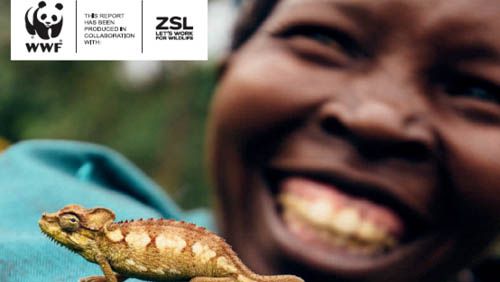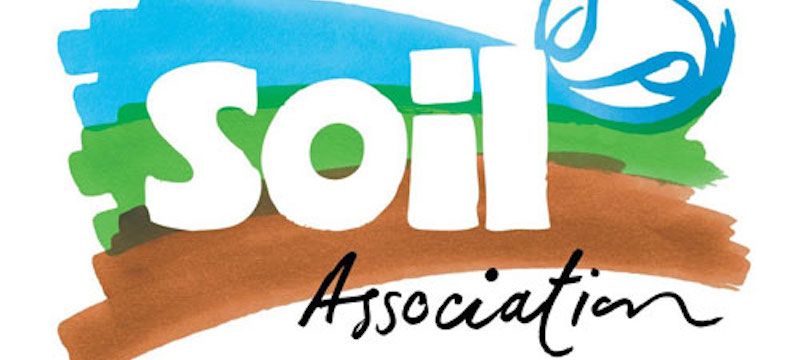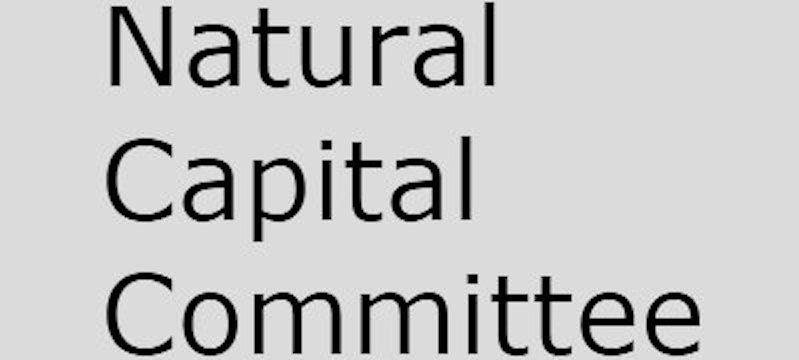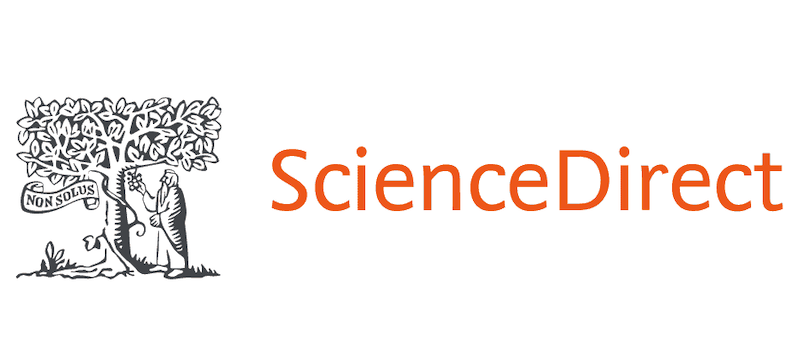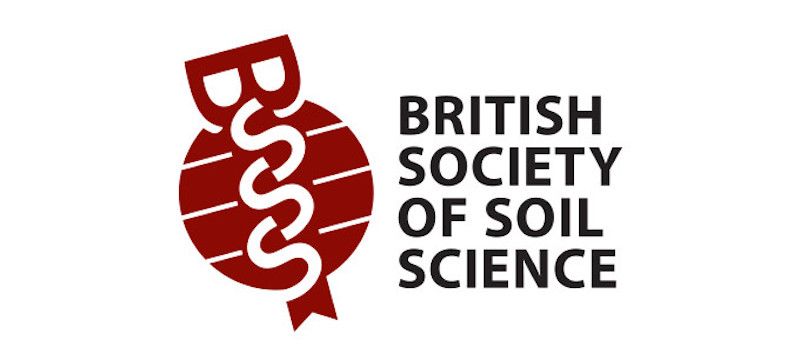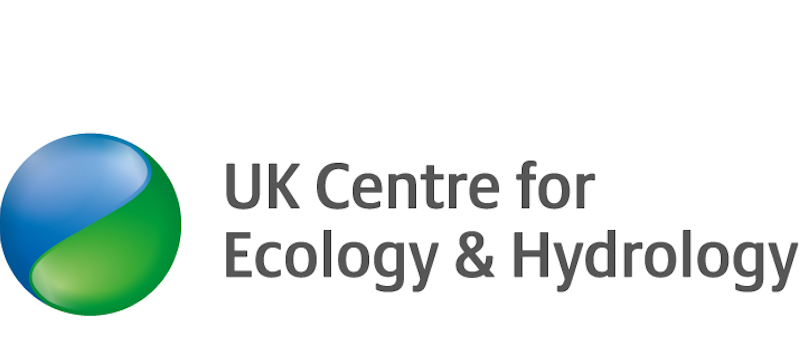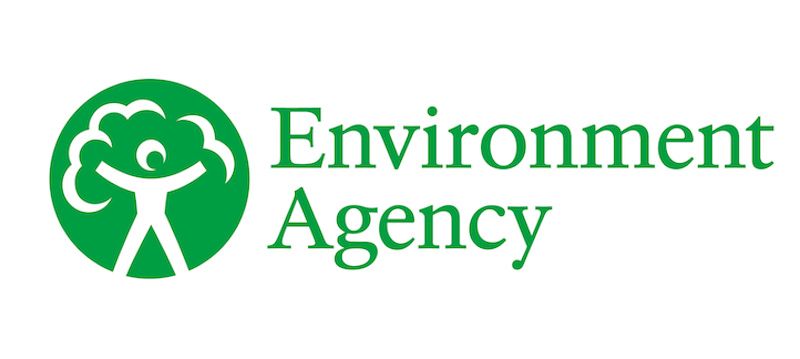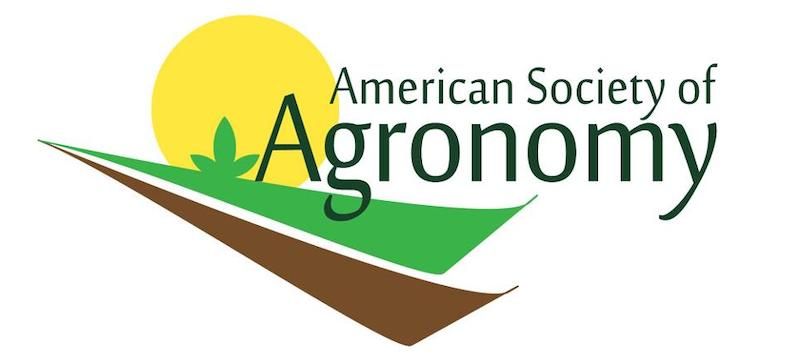Policy Focused Research
Soils research covers a wide variety of topics and disciplines. Originally grounded in the core sciences of chemistry, biology and physics, it now extends into social and behavioural sciences and the priority themes of biodiversity and climate change.
This library looks to collate only research that is directly and specifically targeted at policy development, in particular the soil quality indicators that underpin on-farm and nationwide monitoring.
Soil lifespans and how they can be extended by land use and management change
Lancaster University
Human-induced soil erosion is a serious threat to global sustainability, endangering food security, driving desertification and biodiversity loss.To help assess this threat, we amassed a global inventory of soil erosion rates.
Living Planet report 2020: Behind the Curve of Biodiversity Loss
WWF
Soil hosts one of the largest reservoirs of biodiversity on Earth: up to 90% of living organisms in terrestrial ecosystems, including some pollinators, spend part of their life cycle in soil habitats. Without soil biodiversity, terrestrial ecosystems may collapse.
Soil structure and its benefits, an evidence synthesis
The Royal Society
This report synthesises the evidence on the relationship between soil structure and benefits, focusing mainly on agricultural, mineral soil.
Fixing Nitrogen: The challenge for climate, nature & health
Soil Association / Woodland Trust / Plantlife
This report explores the challenges that the disrupted nitrogen cycle poses to our future, tackles some big unanswered questions and proposes a pathway forward.
EU Mission: Caring for soil is caring for life
European Commission
The mission proposed by the Soil Health and Food Mission Board. The mission’s goal is to “ensure that 75% of soils are healthy by 2030 and are able to provide essential ecosystem services”.
Natural Capital Committee End of Term Report
Natural Capital Committee
Over its two terms (2012 to 2020) the NCC has delivered high impact, independent, cutting edge advice and recommendations through a raft of reports to government.
Soil Health Metrics for Environmental Land Management Schemes (ELMS) Recommendations to Defra
Soil Security Programme (SSP)
A Soil Security Programme (SSP) group of expert soil health researchers and practitioners met in May 2019 to discuss the most practical and reliable farmer led on farm measurements for soil health and their applicability to ELM.
The UK Habitat Classification System
UKHab
A free-to-use, unified and comprehensive approach to classifying habitats, designed to provide a simple and robust approach to survey and monitoring for the 21st century.
Soil health pilot study in England: outcomes from an on-farm earthworm survey
Stroud, J.
This paper presents the results from a pilot #60minworms study which mobilised farmers to assess over >1300 ha farmland soils in spring 2018.
Soil Biology and Partnership Project 2
AHDB / BBRO
Selecting methods to measure soil health and soil biology and the development of a soil health scorecard.
The total costs of soil degradation in England and Wales
Graves et al.
This paper develops and uses an approach to derive the total economic cost of soil degradation in England and Wales.
Visual soil evaluation in relation to measured soil physical properties in a survey of grassland soil compaction in England and Wales
Newell-Price et al.
In a survey of grassland soil compaction in England and Wales, soil visual evaluation methods were used alongside more widely accepted physical measurements of soil compaction.
Soil structural degradation in SW England and its impact on surface-water runoff generation
Palmer et al.
Field investigations between 2002 and 2011 identified soil structural degradation to be widespread in SW England with 38% of the 3243 surveyed sites having sufficiently degraded soil structure.
Exploring the Priority Area Approach, Executive Summary of Research Report SP1609
Cranfield University
The purpose of this work package was to identify, explore and critique appropriate existing datasets, models and approaches for mapping quantitative estimates of risk for each of the soil threats.
Indicators of soil quality – physical properties, Final Report to Defra SP1611
Cranfield University / ADAS
This project assessed whether physical soil properties can be used to indicate the quality of soil in terms of its capacity to deliver ecosystem goods and services.
Countryside Survey: Soils Report from 2007
UK Centre for Ecology & Hydrology
Countryside Survey is a unique study or ‘audit’ of the natural resources of the UK’s countryside. This report outlines the major findings for all soil variables measured as part of the survey in 2007.
Is current soil classification relevant to soil function and diversity? Final report to Defra SP1602
UK Centre for Ecology and Hydrology
To test the relationship between soil type and topsoil function and diversity, soils (0-15cm) were sampled from across the UK using a stratified random approach of landcover types as part of an integrated, national monitoring programme.
Design and operation of a UK soil monitoring network
Environment Agency
Since 2003, the UK Soils Indicator Consortium (UKSIC) has been working to develop a set of suitable indicators of soil function that will allow us to monitor the current status and any change in soil quality.
Think Soils Manual
Environment Agency
The ‘think soils’ manual is a practical guide to soil assessment. It aims to help farmers, land managers, government and non-government advisers to recognise problems with erosion and runoff from agricultural land.
National Soil Monitoring Network: Review and Assessment Study
SNIFFER
The primary objectives of Project LQ09 were to carry out a stocktaking exercise of all environmental monitoring schemes currently in place (UK and EU) which might be useful in the context of soil monitoring.
The development and use of soil quality indicators for assessing the role of soil in environmental interactions
Environment Agency
This project builds on the findings of the previous Environment Agency-led project 'Identification and development of a set of national indicators for soil quality' (Loveland et al., 2002).
A hydraulic coring system for soil-root studies
American Society of Agronomy
The objective was to design and construct a soil coring system for rapid field sampling that minimise the limitations occurring with hardpans and dry soil conditions.
Assessing soil quality using Visual Soil Assessment
Shepherd, T. G.
To justify the use of VSA as a tool for assessing soil properties at farm and regional scales in New Zealand, VSA scores were compared against conventional, laboratory-based, measures of soil properties.
Critical Levels of Soil Organic Matter, SP0306
Cranfield University
This research has examined the evidence for such a threshold or thresholds. It set out to do this from a firm quantitative, i.e. numerical, standpoint.
A system for measuring soil physical properties in field
Morgan et al.
An automated soil sampler and a system for measuring the physical properties of soil cores in the field were developed for the study of soil compaction and tillage effects on soil physical properties.

